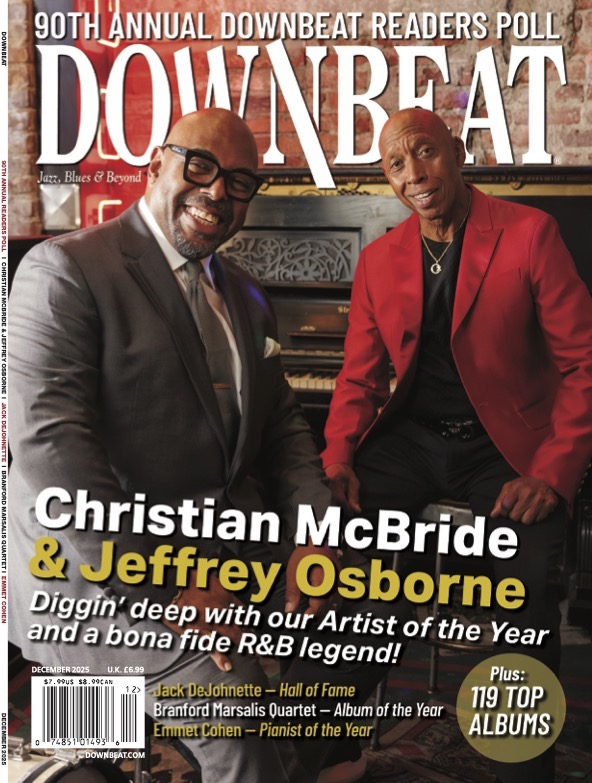Oct 28, 2025 10:47 AM
In Memoriam: Jack DeJohnette, 1942–2025
Jack DeJohnette, a bold and resourceful drummer and NEA Jazz Master who forged a unique vocabulary on the kit over his…
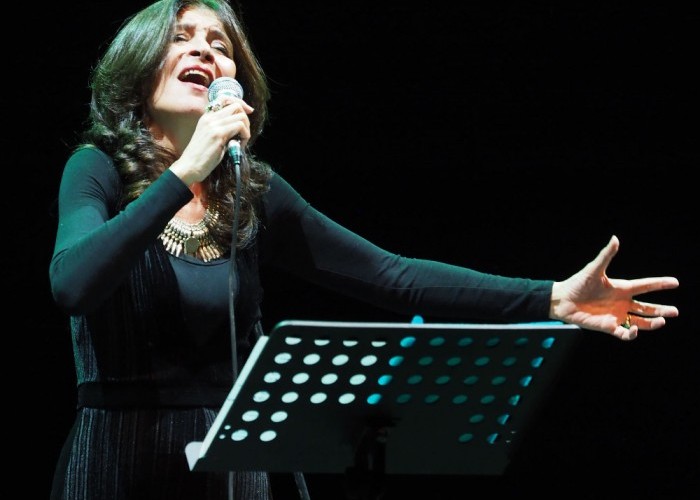
Maria Pia De Vito’s embrace of the Portuguese language has resulted in the singer making connections between seemingly disparate musical traditions.
(Photo: Courtesy Umbria Jazz)What are the qualities of Chico Buarque’s music that resonate with you?
First of all, his way of composing is very original. He goes from a very sophisticated thing to simple sambas, and on top of it, there is this beautiful poetry, as I say; owning the language.
His father was a sociologist, who wrote a very important book, Roots Of Brazil. He’s very well-read; his poetry is amazing. It’s also amazing that he can sing something like “Construção,” about the death of a person who falls down from a construction site, or something like “Você, Você,” the Oedipal song where a man is jealous of this woman and says: “Where are you going? What’s happening at night? When are you coming back?”—and instead, it’s the kid who hears in the night the parents making love.
Or “O Meu Guri,” which is the incredible story of a single mother in a favela—which you realize through the narrative—who has a kid by herself, and she doesn’t even know how she raised him. And this kid, in time, becomes a little thief, and she doesn’t realize. He comes back home and brings her a purse with a wallet inside, and she says, “Oh, he’s so good; he brings gifts to me, so many golden colors.” She’s unconscious of what’s going on. Then he appears in a picture on a newspaper, and naturally it’s the worst possible scenario. She doesn’t understand even then. She says, “Look at him; why are people making such a fuss? He’s so cute in this picture.”
Do you delve that deeply into the narrative of everything you sing?
That’s what I need to do. I spent the first 10 years of my jazz career in clubs, singing bebop, learning the Charlie Parker songbook and improvising, improvising, improvising. On the other hand, there was my melodic Neapolitan roots, which came out naturally. My approach was to play with the sounds while singing through the form.
There was a big transformation when I was 34. I did a recording called Nauplia with Rita Marcotulli, investigating Neapolitan roots and improvising on them with modern harmony. I realized that I had enclosed the 13 languages, all my earlier experiences, in a box. So, in returning to that primal sound of Neapolitan, it gave me two voices, and I started a process of synthesizing the two things.
I’ve been a bit crazy. I never thought in terms of career, but what I needed to learn. Each record is a step where I hopefully get closer to the authentic. I always think about Monk, who said the genius is the one that most resembles himself or herself. I think that the important thing is to be sincere, honest. Sometimes you want to do something musically, and then you realize that you’re trapped in a frame, that it’s more a performance of virtuosity—and I am not interested in that any more.
I wanted to ask about carving out an artistic path as a female musician in Italy. I imagine you’ve endured patriarchal admonitions.
I could never stand somebody telling me what to do, musically.
But I’m sure some have tried.
I decided to take my time. When I say I didn’t think in terms of career, it’s that I was not looking for somebody to discover me. I was looking to discover my own way. I decided to sing jazz, because I wanted to improvise. I’ve always thought as an instrumentalist, and my maximum idea of fun was to be in a peer-to-peer position with the musicians. That approach defended me from the worst possibility of being a singer in a world that is male-dominated. Nowadays, with so many woman instrumentalists, it’s different.
It also helped that I met Rita when we were 22, 23. Rita was so good that she gained respect by the fact that what she was doing was the real stuff. I tried to do the same.
So, I always, since the beginning, went to a gig saying, “OK, I sing this in the original; this is how I want to do things, and these are the chords.” I never depended on someone else. I think that’s the best self-defense—and the respect of my fellow musicians. That’s been my strength all these years. DB
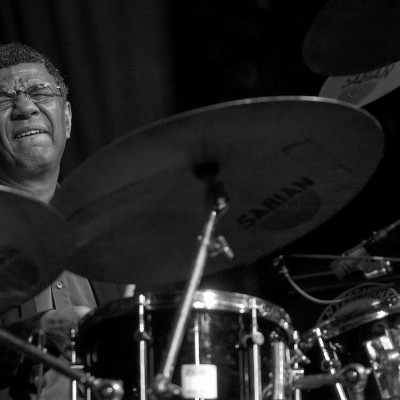
Jack DeJohnette boasted a musical resume that was as long as it was fearsome.
Oct 28, 2025 10:47 AM
Jack DeJohnette, a bold and resourceful drummer and NEA Jazz Master who forged a unique vocabulary on the kit over his…
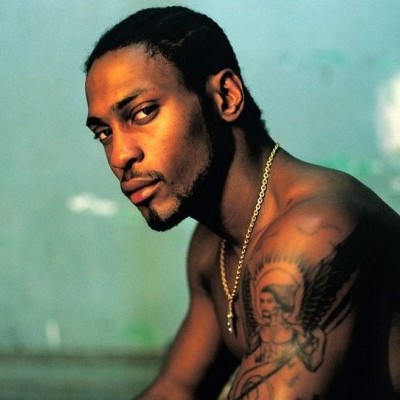
D’Angelo achieved commercial and critical success experimenting with a fusion of jazz, funk, soul, R&B and hip-hop.
Oct 14, 2025 1:47 PM
D’Angelo, a Grammy-winning R&B and neo-soul singer, guitarist and pianist who exerted a profound influence on 21st…

To see the complete list of nominations for the 2026 Grammy Awards, go to grammy.com.
Nov 11, 2025 12:35 PM
The nominations for the 2026 Grammy Awards are in, with plenty to smile about for the worlds of jazz, blues and beyond.…

Jim McNeely’s singular body of work had a profound and lasting influence on many of today’s top jazz composers in the U.S. and in Europe.
Oct 7, 2025 3:40 PM
Pianist Jim McNeely, one of the most distinguished large ensemble jazz composers of his generation, died Sept. 26 at…
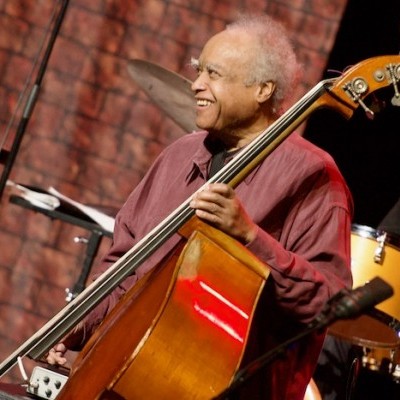
Drummond was cherished by generations of mainstream jazz listeners and bandleaders for his authoritative tonal presence, a defining quality of his style most apparent when he played his instrument unamplified.
Nov 4, 2025 11:39 AM
Ray Drummond, a first-call bassist who appeared on hundreds of albums as a sideman for some of the top names in jazz…

